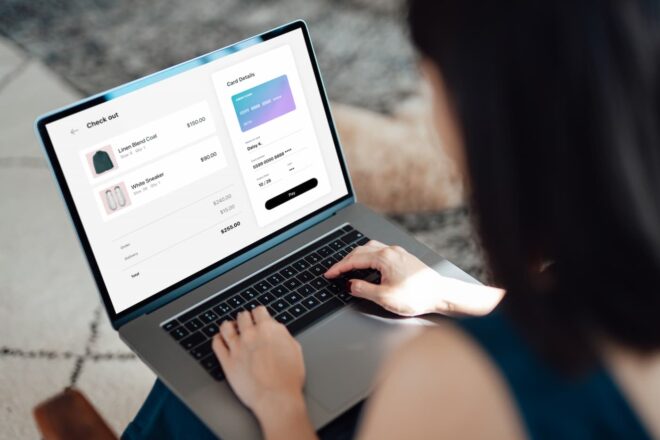When a client is late paying their invoice, it can be an awkward dance to get them to pay. On one hand, you want to stand firm in your request. On the other hand, you don’t want to lose the client or damage the relationship.
In this guide, we’ll walk you through the best approach to give your clients fair warning using a series of reminder emails to get the invoice settled on time. Ideally, you’ll be able to avoid late payments altogether. Payment partners like Clover are offering new tools to help service businesses get paid on time. Clover’s tools for professional services offer a suite of options to help businesses get paid faster.
1. Send a sequence of payment reminders
Plan ahead to send a series of reminders to your clients before and after the payment due date. Some clients will pay after the first reminder, which is ideal. But, some clients may need a few follow-ups before they complete the transaction. Give your clients the benefit of the doubt, and assume everyone will need a number of emails before they pay your invoice.
Here’s one example of how you might schedule a number of shorter emails approaching and following the payment due date.
- Email 1: Send a receipt upon completion of services (if applicable)
- Email 2: Send a week before the payment is due
- Email 3: Send the day the payment is due
- Email 4: Send a week after the payment is due
- Email 5: Two weeks after the payment is due
Depending on the type of service you offer, you may decide to send the first email after completing the deliverables, confirming that you have finished the agreed-upon work for the specified time period. This first email will also re-confirm the due date and amount of the upcoming invoice.
2. Write a clear subject line
In each of your invoice reminder emails, make it clear that the email contains an invoice due to your business. Add the invoice number and due date in the subject line. You may also want to include the phrase “friendly payment reminder” or “upcoming invoice due” to make it clear that this is an email worth paying attention to.
3. Include key information in the email body
The tone of your email reminder should be friendly, but helpful. Make it easy for the client to understand what you are asking for and to meet your payment request. Include the payment amount and the due date.
Here’s an example:
“Hi [client name],
I hope things are well. Thank you for your continued business, and looking forward to working together in the future. Please find attached [Invoice #] in the amount of [$X.XX], which is due on [DATE]. This invoice covers work completed from [dates of services rendered].
You can view the invoice [attached/or at the link] and view the different payment methods I accept.
Please let me know if you have any questions regarding the invoice, payment methods, or services rendered.
Thanks,”
Keep it polite and straightforward for the first two emails. If a client is late making payment, you can be a bit more firm.
4. Always attach a copy of the invoice
Include the invoice in every reminder email that you send. The invoice is where you will share the deliverables or milestones you achieved, the payment methods you accept, the full amount with applicable taxes, and your business information. For a more in depth look at types of invoices and information to include, click here.
5. Offer many ways to pay
Make it easy for clients to settle their invoices by accepting payments in many different forms. Remove any friction that a client may face when settling their invoice. Clover enables service businesses to accept all types of payments – cash, checks credit and debit cards, gift cards, Apple Pay and Google Pay, and more.
Clover also provides multiple ways to charge your customers. Take payments over the phone, via web browser, or through your mobile device. Set up digital invoices to bill your clients for recently completed services. Or, set up recurring payments to get paid faster.
6. Be persistent but polite
It can be frustrating when a client doesn’t respond to your first two (or three) email reminders. Don’t assume the worst just yet. In your third email reminder, be more direct. Let them know their payment is overdue. Ask the client to confirm whether they have received the message.
Here’s an example:
“Hi [Client Name],
I hope your week is going well. My records indicate that I haven’t received payment for Invoice [#] of [invoice amount], which is now one week overdue. Would you mind looking into this for me?
Please confirm that you have received this message. And, if there’s someone else I can contact regarding payment, or if there is anything I can do to make payment easier on your end, let me know.
I have attached the invoice for your reference.
If you have an update on when this payment should be received, it would be greatly appreciated.
Thank you”
Ideally, you won’t reach the step of having to remind clients four or five times to complete your payment. Clover is here to help. The average turnaround time for invoices sent through Clover is just 33 hours. Through Clover, you can send an invoice or a payment request for completed services by email and let your clients pay you directly online.
To learn more, get in touch with a Clover representative today.






